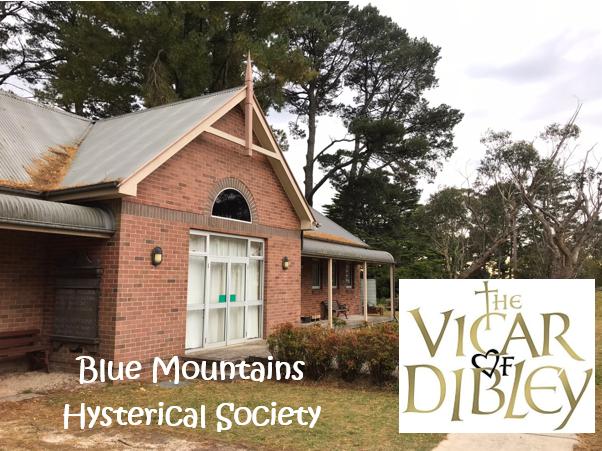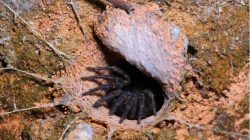∞ Ecological Replacement Value
(under gestation)
Ecological Replacement Value (ERV)
.
.
Defined
is an approach to measure the true ecological value of an ecosystem not to humanity, but to the planet, based upon its immediate replacement value.
.
.
Habitat Types
.
.
Calculation Assumptions
.
.
Calculation Method
.
.
.
Sample Calculation
So for instance, the ERV of a mature pristine Mountain Ash forest could be estimated as follows:
ERV of a hectare of pristine mature Mountain Ash Forest could be around $10 million
- Forest Canopy
- Shrub Layer
- Ground Cover
- Soil – topsoil
- Soil – subsoil to bedrock
- Fauna – mammals, reptiles, birds, macroinvertebrates, insects
Cost of Carbon $23/tonne
Soil Weight (1 ha)
100m x 100m x 2m x 1.6T/m3 = 32,000 Tonne x $23/Tonne = $736,000
The mean age of a mature Mountain Ash forest: 500 years.
Tree Quantity
Typical number of mature Mountains Ash trees per hectare (based on spacing of one mature tree every 10 metres) (100m /10m) x 100m = 10 x 100 = 1000 trees
Tree Weight
Say each tree weights 100 tonne
100 Tonne x 1000 trees x $23/Tonne = $2.3 Million
Typical weight of one mature Mountains Ash tree
1. Measure the circumference of the tree at breast height. This is about 55 inches above the ground. Then derive the tree’s diameter at breast height (DBH) with the formula:
DBH = circumference / pi, where pi=about 3.14
2 Measure the height of the tree, if feasible, or estimate its height. Find a link in References to the ScienceProjectIdeas site, which contains several excellent suggestions as to how you might estimate a tree’s height.
3. Estimate the volume of the entire tree. This is a difficult quantity to estimate accurately and is ordinarily a question for experts. You may want to consult with a librarian, a forester, or a dendrologist (a tree botanist), although if you do that then you may as well ask them about the tree’s weight directly. In any event, you will need to supply them with the two values you have measured: height and DBH.
The alternative is to make a rough estimate by yourself. Bear in mind that your estimate will almost certainly be fraught with inaccuracy. If the accuracy of your estimate is important, you should consult with a forester or a dendrologist.
The easiest way to make your own estimate is to photograph the tree from a distance sufficient that any perspective bias is trivial. In this photograph, which should be shot in high resolution, include a separate small marker of known width and height, directly facing the camera. Upload the picture to your computer, and crop it to make a rectangle that just barely encompasses the tree. Now, calculate what percentage of the picture is a tree, and what percentage is not a tree. Use the marker to guide your calculations. Then calculate the area of the the entire picture, square it, and multiply that number by the percentage (in decimal form) that is occupied by the tree. If you want to include the roots of the tree, multiply the value by 1.2 to derive your estimate for the volume of the entire tree both above and below ground.
This may not seem like the easiest way, but the alternative would be to perform a difficult series of measures and calculations.
4. Reference the tree’s density. There is a link in the References section to a website which provides some density estimates. Be sure to use their “Fresh Green Wood” figures rather than the “Air-dried Seasoned Wood” ones. You can also search the Internet or your local library for the density of a specific kind of tree, making sure to get the values for green wood and not dry wood, since the water in a tree comprises a great deal of its weight.
Note that these density estimates only apply to the wood itself, not to the tree as a whole—most notably the leaves or needles.
5. Perform any necessary unit conversations so that the volume of the tree is expressed in the same units as the density of the tree.
6. Multiply the volume of the tree by the density of the wood to derive the weight of the tree sans leaves or needles.
7. Estimate the weight of leaves or needles on the tree by collecting a small dry sample, counting the number of leaves or needles in the sample, and multiplying that by the estimate of the total number of leaves or needles on the entire tree. You can get that number by consulting a reference table, or by counting the number of leaves or needles on several branches of varying size, taking the average, and then counting the number of branches on the entire tree.
You can optionally check your estimate by looking online or at the library for the average number of leaves or needles on a mature, healthy specimen of the same kind of tree as the one you are weighing.
8. Add the weight of the leaves and needles to the weight of the rest of the tree to arrive at your final estimate for the combined weight of the full tree.
Read more: How to Figure Tree Weight | eHow.com http://www.ehow.com/how_5656470_figure-tree-weight.html#ixzz1WXjbO3GS
================
Timber Density (Green timber)
(Use oak as a base = 700kg/m3)
Wood density is influenced by growth rate and the proportion of late wood and heartwood. Density = mass / volume (kg/m3). Known values are provided for:
Air dry density at 12% moisture content kg/m3 (average or range)Density, green kg/m³
Density, basic kg/m³ (oven dry mass/green soaked volume).
.
.
Ecological Destruction Types
.
Logging
- Assumption: destroys all vegetation and 0.5m of topsoil
.
Road Making
- Assumption: destroys all vegetation and all (2 metres) deep of topsoil/subsoil
.
Housing Development
- Assumption: destroys all vegetation and all (2 metres) deep of topsoil/subsoil
.
.
References:
http://www.timberanswers.com/FactSheet_Help.aspx#D
http://www.roymech.co.uk/Useful_Tables/Matter/Wood.html
http://www.ehow.com/how_5656470_figure-tree-weight.html
http://web.ead.anl.gov/resrad/datacoll/soildens.htm









